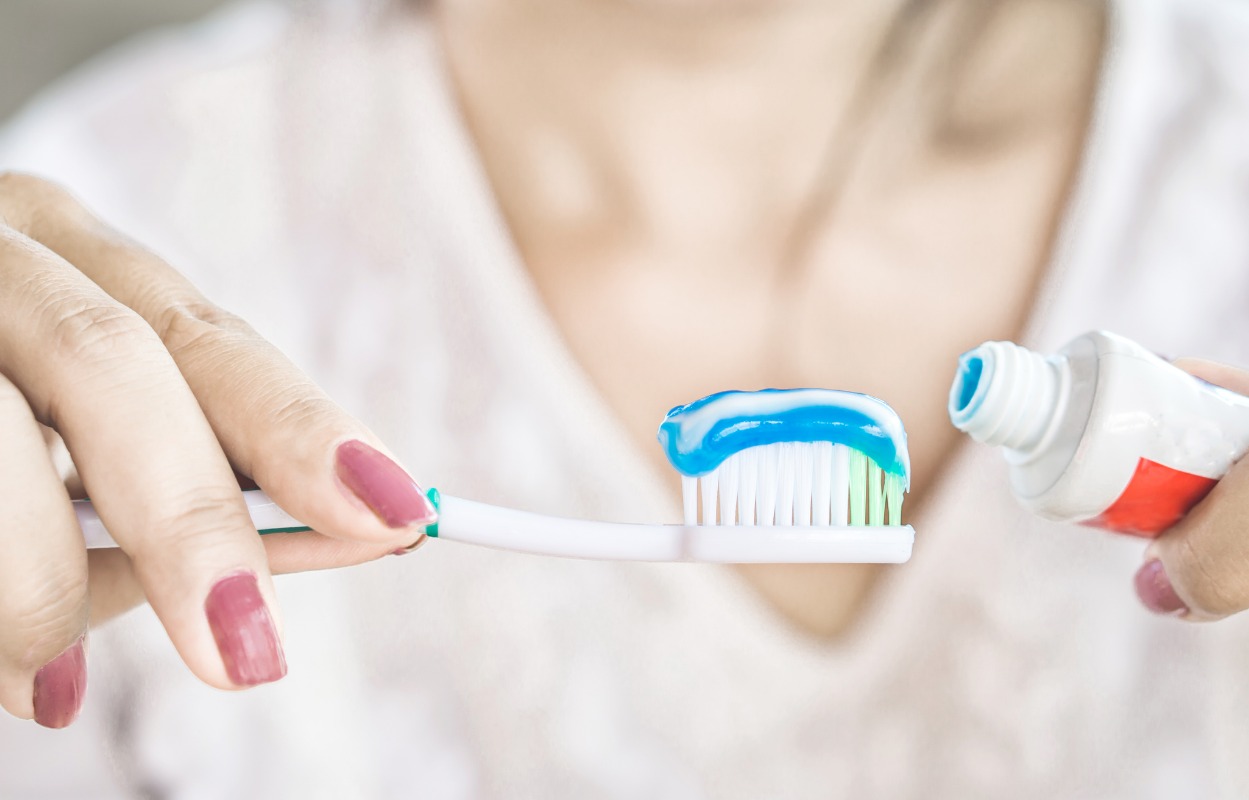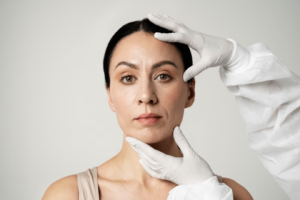What Is Triclosan?
Triclosan is an antibacterial and antifungal chemical that is added to a wide variety of beauty, health, home, and cleaning products. It is commonly found in toothpaste, soap, mouthwash, detergents, toys, textiles, and kitchenware. It is used to reduce or prevent bacterial contamination.
Just this past April, the FDA banned its use in hand sanitizers based on scientific knowledge of the compound’s adverse side effects. However, manufacturers still continue to add triclosan into many products at the cost of consumers’ health.
How Is It Linked to Osteoporosis?
Osteoporosis can be the result of genetics, certain medications, poor lifestyle choices, and body mass index (BMI). However, more and more researchers are beginning to investigate the potential role of environmental chemicals as a causative factor for osteoporosis.
Many chemicals can be easily absorbed by the body and the consequences may not be seen until it’s too late. In fact, we absorb chemicals from our environment every day. The CDC conducted a large study on human exposure to a variety of environmental chemicals, one of them being triclosan. In a sample of over 2,500 participants, triclosan was detected in 75% of urine samples.
While studying the effects of triclosan on animals, it was associated with a decrease in bone mineral density. However, no experiment has observed its effect on human bone mineral density until now. A breakthrough study was able to detect a link between triclosan and this degenerative bone disease.
In a sample of 1,848 women over the age of 20, those with higher levels of triclosan in their urine had reduced bone mineral density. Women with lower urinary triclosan had higher bone mineral density. The relationship was amplified in postmenopausal women. These results were recorded even after controlling for age, ethnicity, physical activity, smoking, calcium intake, BMI, and history of diabetes in the sample.
Lower bone mineral density is a risk factor for osteoporosis, but the link between the chemical and the disease still remained scientifically unclear. After screening the sample for the presence of osteoporosis in several regions of the body, researchers discovered a link. Higher levels of triclosan in the urine predicted an increase in osteoporosis in the intertrochanteric region (upper part of the thigh bone).
What Does This Mean?
Researchers need to carry out more studies with larger groups to confirm these findings, but the results they found carry heavy implications for the general population. It’s not just what we eat, but any product we touch and use, which can influence our risk for disease. These results may be motivation enough to ditch the synthetic beauty, health, and cleaning products in favor of more natural options.
It’s frustrating to live in a world where nearly everything can have a negative health effect. However, mindfulness and caution can never steer you wrong. It is in everyone’s best interest to read the ingredient lists of their products and foods and do their research. Our future health may depend on it.
I Have Osteoporosis. Now What?
The good news is that osteoporosis can be treated by harnessing the power of your body’s immune system. Platelet-rich plasma (PRP) has been shown to promote the healing of osteoporotic fractures, reducing downtime, recovery, and avoiding improper bone healing.
PRP is derived from your own blood and naturally processed so that the concentration of platelets and white blood cells is much higher. This is then injected into the affected area to promote healing. The cells initiate a regeneration process that signals several potent growth factors and interleukin cytokines.
Since the PRP is taken from your own blood, the risk of rejection, infection, and other adverse side effects are extremely low. Oftentimes, PRP is augmented with stem cell therapy to supercharge the healing process. Dr. Greenberg also opts for a holistic approach called Kinetic Regeneration Therapy (KRT). Using KRT, he analyzes the functionality of the joint as a whole and how it works with the rest of the body’s biomechanics.
In addition to regenerative therapies, there are several things to stay on top of if you suffer from osteoporosis. Follow a healthy diet and perform weight-bearing exercises; strong muscles support strong bones. Keep an eye on your vitamin D levels, as vitamin D is essential for calcium absorption. Boron, magnesium, vitamin K, and silica are also helpful for bone mineral density.
It is important to be aware that too much calcium, perhaps over 800 mg per day, may harm your heart and arteries. Make sure that if you are using calcium supplements, your daily consumption falls within the recommended daily value.




